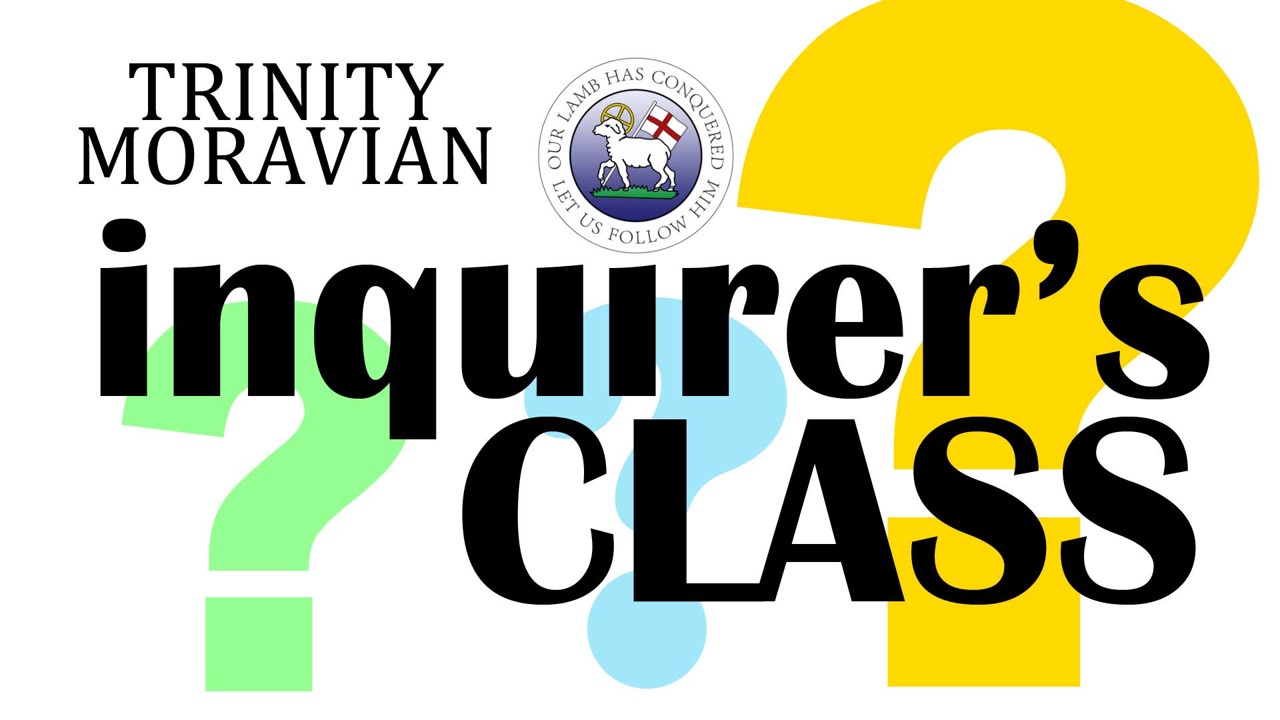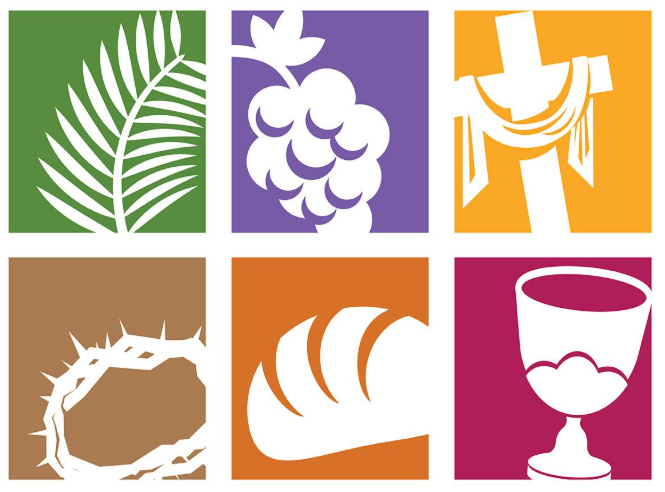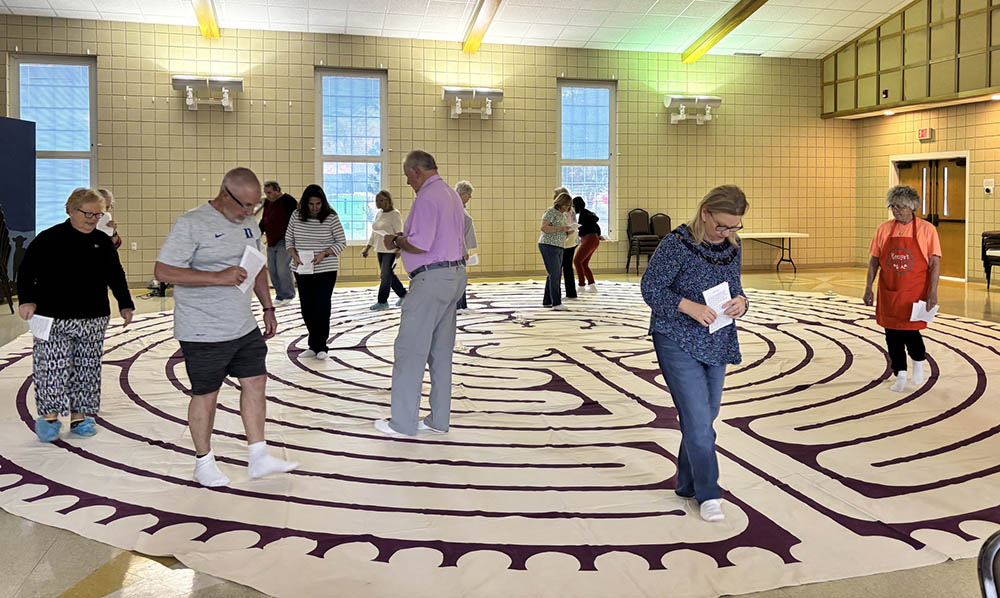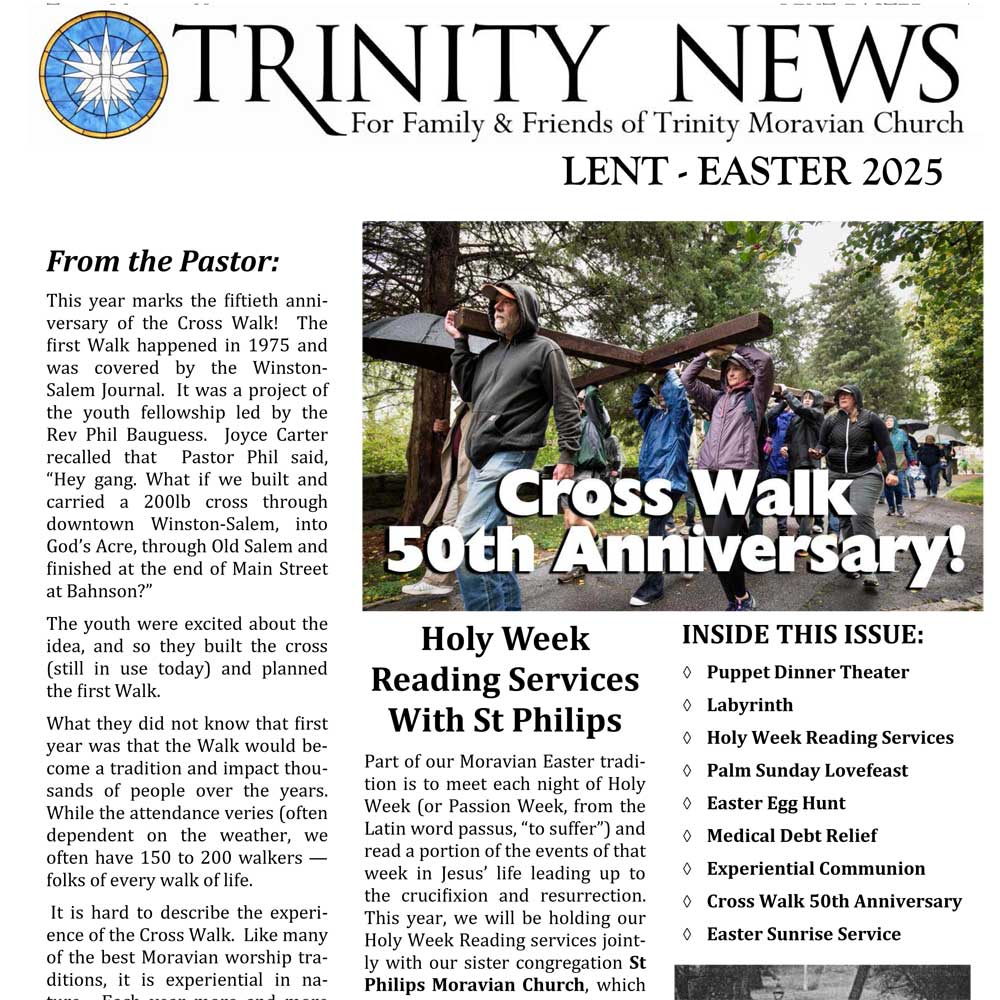Trinity Moravian Church’s history actually begins in 1886 with a meeting of thirteen people inspired by the missionary zeal of a group of young ladies of Home Moravian Church in Winston-Salem, North Carolina. With the support of Home Moravian Church, they built Centerville Chapel and dedicated it on November 28, 1886. By 1890, as many as 100 people were attending services. Centerville Chapel was located on what is now the campus of the North Carolina School of the Arts.
The Washington Park, Sunnyside, Centerville, and Central Terrace neighborhoods were growing. A streetcar line and the automobile allowed many people to move to the “outskirts” of Winston and Salem. It was clear that a church was needed for the rapidly growing neighborhoods.
In 1911, the Salem Congregation purchased a large lot on the corner of Sunnyside and Sprague Streets, and plans were drawn up for a new church, to be named “Trinity.” Under the leadership of the founding pastor, E. C. Stemple, the new congregation was organized with ninety-six charter members committed to a ministry to the surrounding community. The first services were held in the new building in May of 1912, but the actual dedication of the building and closing of the charter occurred on July 14, 1912.
Trinity-1913.jpgIn less than two decades, Trinity had 590 members. A parsonage and Christian Education building were built and two new congregations, New Eden and Pine Chapel, were sponsored by Trinity. The Douglas L. Rights Memorial Chapel was built and dedicated in 1960. During the 1970’s a church library was established, a handbell choir was organized, a large fellowship hall and stair tower were built, and Trinity’s outreach service to the community evolved into the organization known today as Sunnyside Ministry.
Throughout the 1980’s emphasis on local outreach and worldwide Moravian missions increased, as did ministry among senior citizens and a unified concentration on congregational prayer. A capital campaign, begun in 2001, has resulted in many additional improvements to the church building, including a new elevator, updates to the sanctuary, and increased youth activity space.
Today, Trinity is in the most diverse neighborhood of Winston-Salem. Within a mile of the church in every direction, the population is about 1/3 white, 1/3 African-American, and 1/3 Latino. This unique situation is both a challenge and an opportunity as we seek to minister to the needs of the community.
One of the continued strengths of the congregation is its stable leadership, including the willingness of the membership to sacrifice time, talent, and treasure to provide an effective ministry in the community and beyond. Lay people founded the congregation in 1886, and ever since, while pastors have served faithfully, the true strength has rested with many individuals who remain dedicated to Christ Jesus and His Church.










